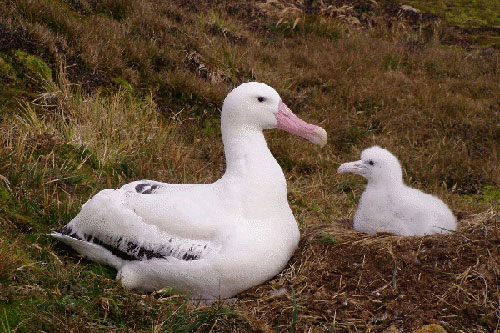Dr Orea Anderson of the School of Biological Sciences at Queen's University Belfast, UK and colleagues have investigated the concentrations of 22 essential and non-essential elements among a community of procellariiform seabirds (and their prey) in paper recently published in the journal Environmental Pollution.
The paper aims to identify the extent to which trophic position and foraging range govern element accumulation. Stable isotope analysis was used to characterise trophic (δ15N) and spatial patterns (δ13C) among species. Few consistent patterns were observed in element distributions among species and diet appeared to be highly influential in some instances. Arsenic levels in seabird red blood cells correlated with δ15N and δ13C, demonstrating the importance of trophic position and foraging range for arsenic distribution. Arsenic concentrations in prey varied significantly across taxa, and in the strength of association with δ15N values (trophic level). In most instances, element patterns in Procellariiformes showed the clearest separation among species, indicating that a combination of prey selection and other complex species-specific characteristics (e.g. moult patterns) were generally more important determining factors than trophic level per se. [adapted from abstract].

Reference:
O.R.J. Anderson, R.A. Phillips, R.F. Shore, R.A.R. McGill, R.A. McDonald & S. Bearhop 2010. Element patterns in albatrosses and petrels: influence of trophic position, foraging range and prey type. Environmental Pollution 158: 98-107. (click here).
John Cooper, ACAP Information Officer, 17 July 2010

 Français
Français  English
English  Español
Español